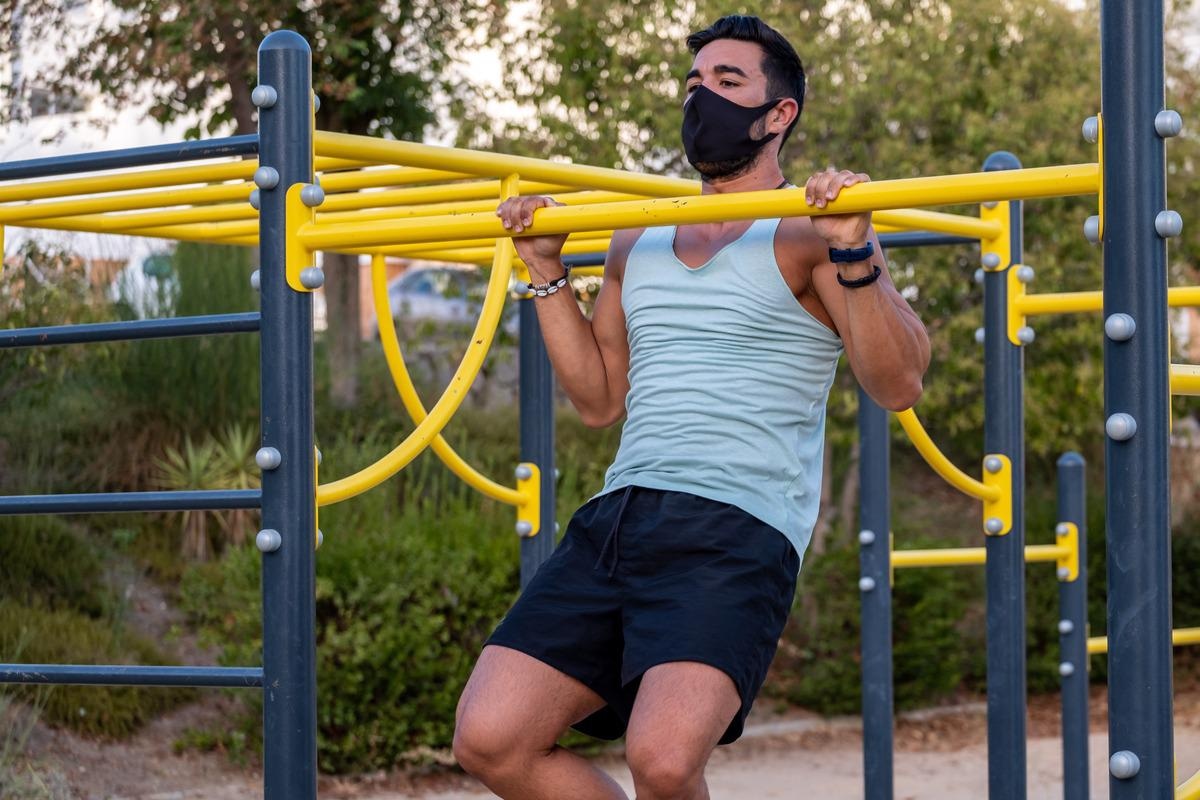
Two key factors cause cardiac output to increase during exercise: an increase in heart rate and an increase in stroke volume.
The heart rate increases due to the sympathetic nervous system’s response to exercise. The sympathetic nervous system is responsible for the “fight or flight” response, which is triggered when the body perceives a threat. This response causes the heart rate to increase so that more oxygen-rich blood can be pumped to the muscles.
Stroke volume is increased due to the increased muscle demand for oxygen during exercise. The muscles use oxygen to produce energy, and as they work harder, they need more oxygen. The heart responds by pumping more blood to the muscles, which increases stroke volume.
The two factors that cause cardiac output to boost during exercise are the sympathetic nervous system and the release of epinephrine. The sympathetic nervous system increases heart rate and contractility, but epinephrine increases heart rate, contractility, and stroke volume also.
Together, these two factors cause cardiac output to increase during exercise, which results in an increased supply of oxygenated blood to the muscles.

Credit: www.news-medical.net
What Factors Cause Cardiac Output To Increase?
There are a number of factors that can cause an increase in cardiac output. The most common cause is an increase in the heart rate. This can be due to physical activity, stress, or other factors.
Other causes of an increase in cardiac output include an increase in the stroke volume (the amount of blood pumped per beat), and an increase in the size of the heart.
What Are The Factors That Affect Cardiac Output During Exercise?
Many factors affect cardiac output during exercise, including heart rate, stroke volume, and the sympathetic nervous system. Heart rate is the most important factor affecting cardiac output. As the heart rate increases, so does cardiac output.
This is because the heart can pump more blood with each beat when it is beating faster. Stroke volume also affects the cardiac output. Stroke volume is the amount of blood that the heart pumps with each beat.
When stroke volume increases, cardiac output also increases. The sympathetic nervous system also plays a role in cardiac output during exercise. The sympathetic nervous system is responsible for increasing heart rate and stroke volume.
When the sympathetic nervous system is activated, both heart rate and stroke volume increase, as well as cardiac output.
Cardiovascular System Physiology – Cardiac Output (stroke volume, heart rate, preload and afterload)
How Does Parasympathetic Stimulation Decrease Cardiac Output?
The parasympathetic nervous system is one of the two divisions of the autonomic nervous system, the other being the sympathetic nervous system. The autonomic nervous system controls the body’s automatically functioning systems, such as heart rate, digestion, respiration, and urination. The parasympathetic nervous system generally acts to slow the heart rate and lower blood pressure.
It does this by stimulating the release of the neurotransmitter acetylcholine from the preganglionic neurons. Acetylcholine then binds to muscarinic receptors in the heart, which leads to a decrease in heart rate and cardiac output. While the sympathetic nervous system generally increases heart rate and cardiac output, the parasympathetic nervous system has the opposite effect.
This is why the two divisions are sometimes referred to as the “gas pedal” and the “brake pedal” of the autonomic nervous system.
Conclusion
The two factors that cause cardiac output to increase during exercise are an increase in heart rate and an increase in stroke volume.






